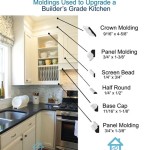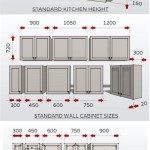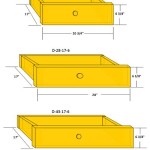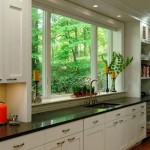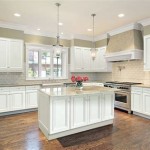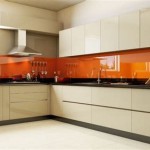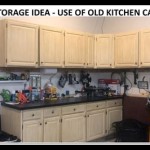Glazing Kitchen Cabinets: A Comprehensive Guide
Glazing kitchen cabinets involves applying a protective or decorative layer to the doors and frames. This technique adds durability, enhances aesthetics, and even provides a glimpse into the contents. By understanding the different types of glazing, choosing the right materials, and mastering the application process, you can achieve stunning and functional glazed kitchen cabinets.
Types of Glazing
There are two main types of glazing for kitchen cabinets:
Material Selection
The choice of glazing material depends on your desired appearance and durability:
Application Process
Glazing kitchen cabinets requires careful preparation and technique:
Benefits and Considerations
Benefits:
Considerations:
Conclusion
Glazing kitchen cabinets can transform the look and functionality of your kitchen. By understanding the types of glazing, choosing the appropriate materials, and following the proper application process, you can create beautiful and durable cabinets that showcase your style. Consider the benefits and considerations carefully to determine if glazing is the right choice for your kitchen cabinets.

How To Glaze Kitchen Cabinets Diyer S Guide Bob Vila

3 Great Reasons To Glaze Your Kitchen Cabinets

Rescuing And Reviving A Glazed Distressed Kitchen Bella Tucker

How To Glaze Kitchen Cabinets

How To Glaze Cabinets At Home With The Barkers

Glazed Cabinets Add Traditional Depth Dimension To Any Kitchen

Glazed Cabinets Add Traditional Depth Dimension To Any Kitchen

How To Glaze Kitchen Cabinets Diyer S Guide Bob Vila

How To Glaze Kitchen Cabinets Diy Network

White Glazed Kitchen Cabinets Omega Cabinetry
Related Posts

